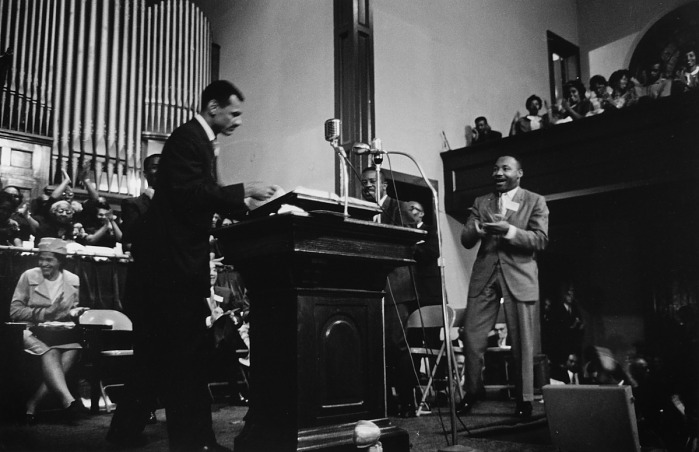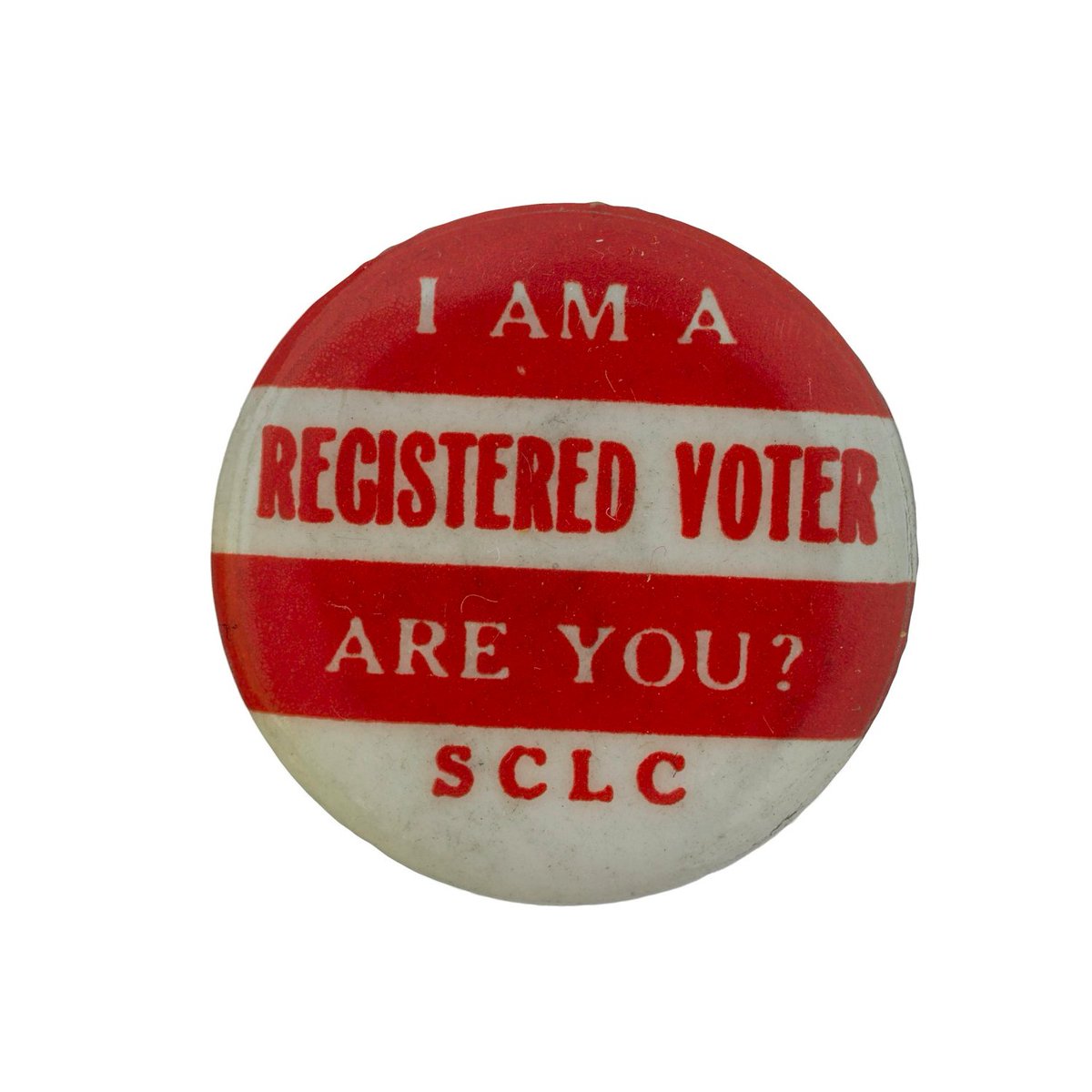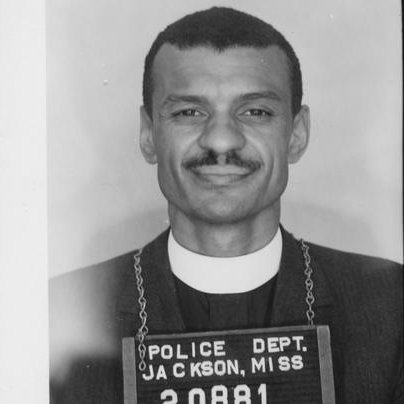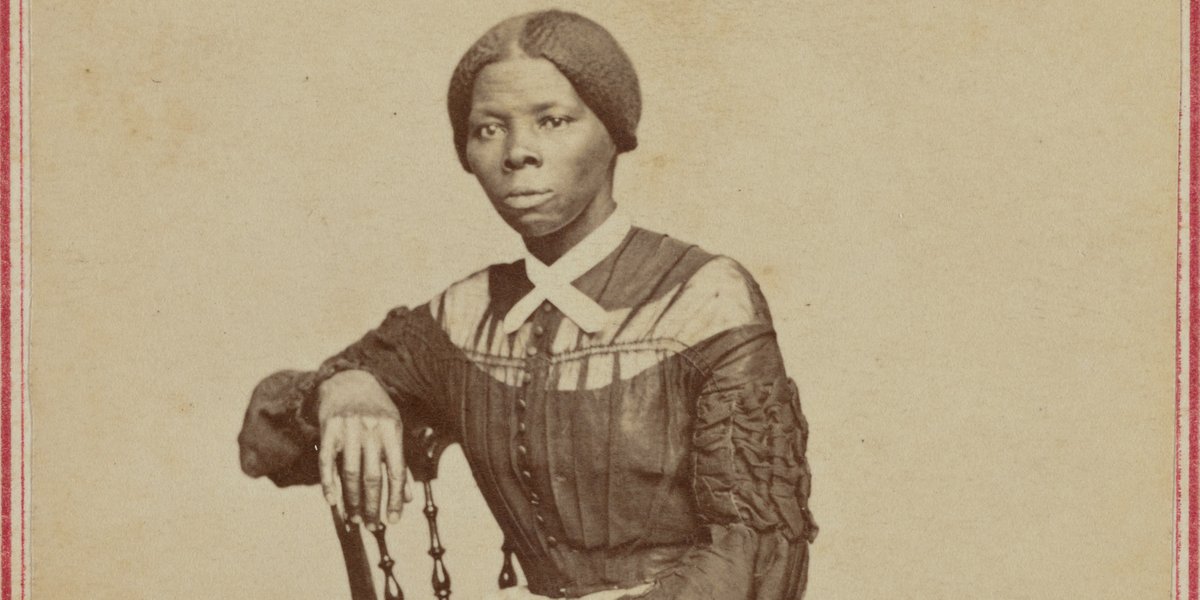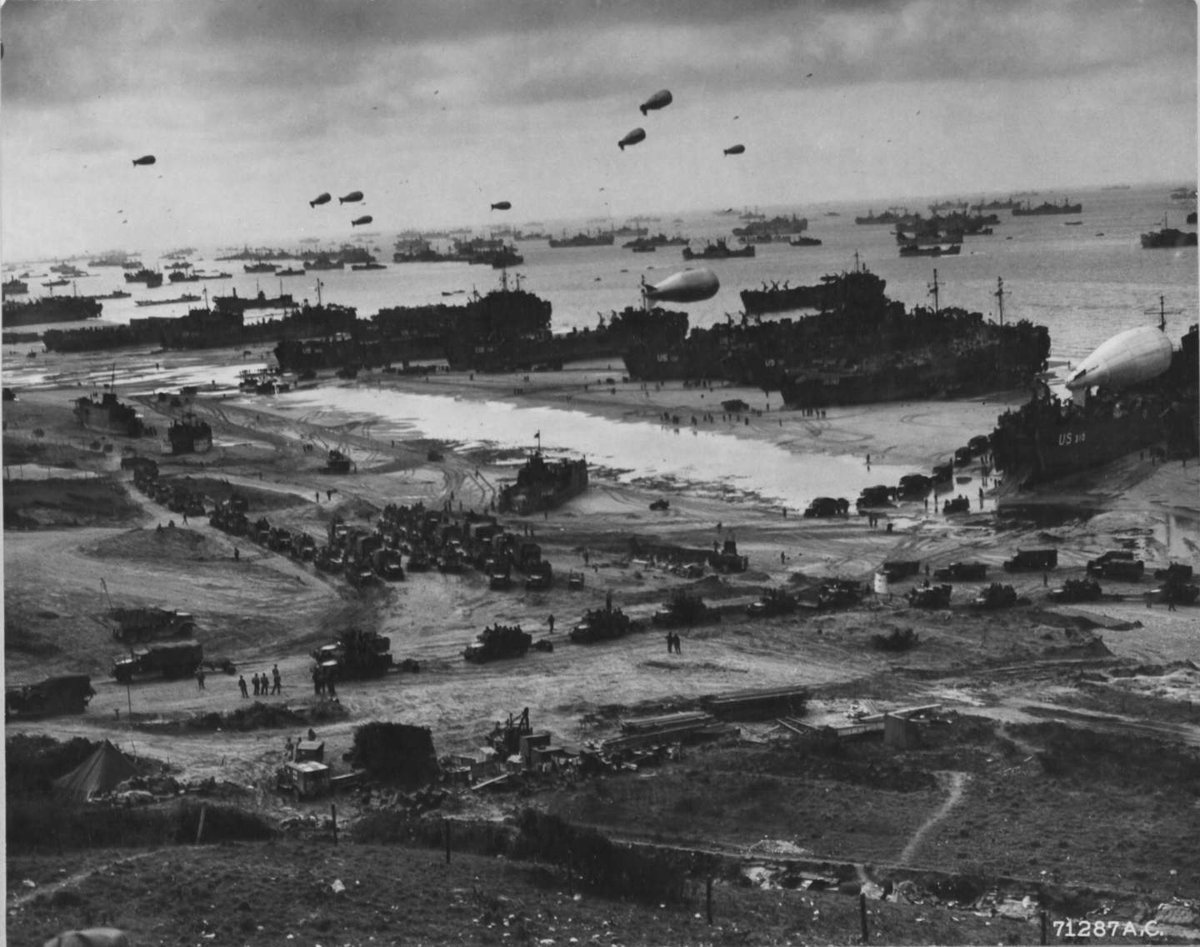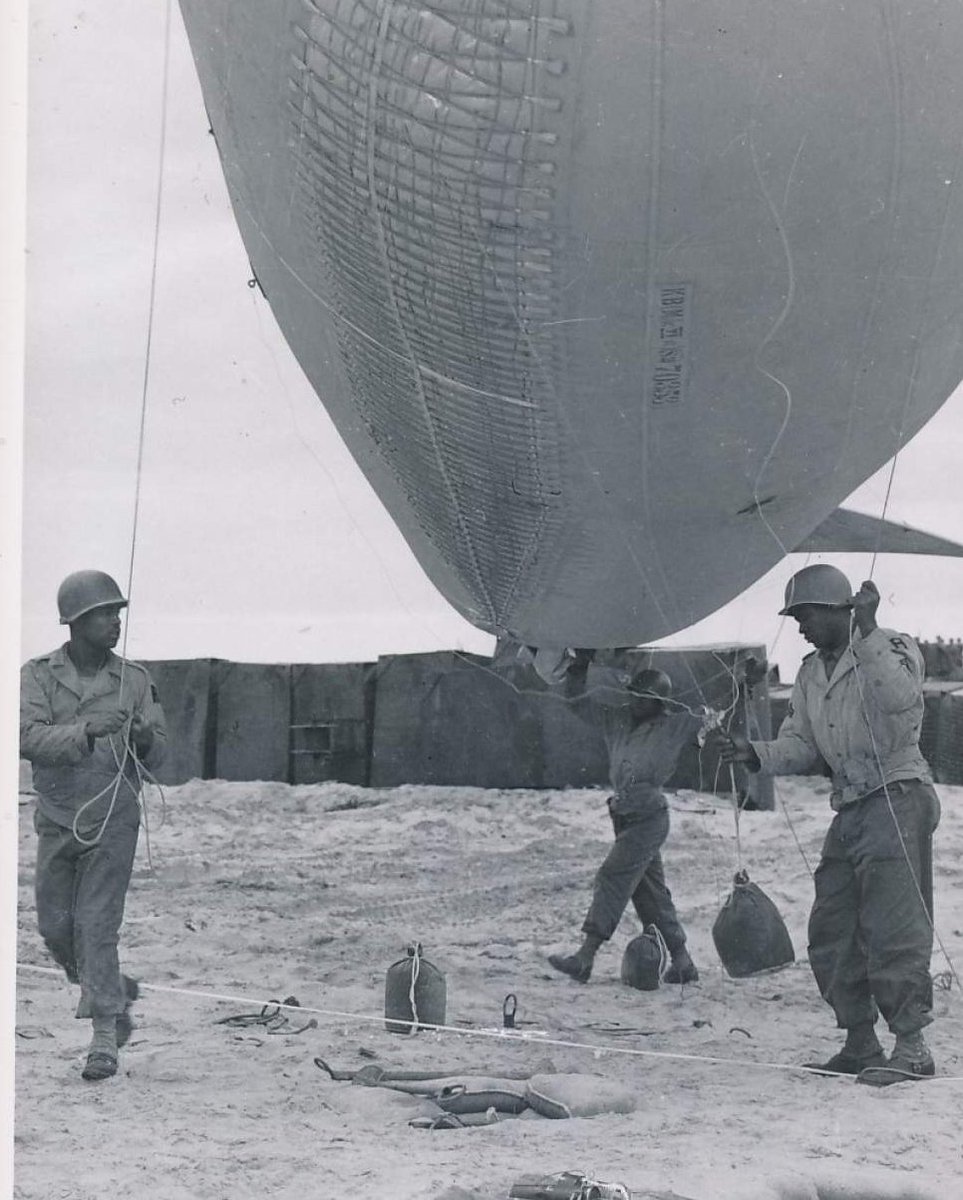
In the early U.S., samplers were often part of girls' educations. Sewing them helped girls learn to read, write, and reason. You name it, they sewed it. But samplers were also a way for girls to express their political views—as Betsy Bucklin's sampler shows.⬇️ #BecauseOfHerStory 

At 13, Betsy Bucklin felt free to express her political views when she sewed this sampler during the American Revolution. Its verse reminded leaders that women played a role in shaping popular political opinion (and that they should think twice before defying George Washington). 

Bucklin wasn't alone. In the early US, many women were politically active, despite being denied legal rights, voting rights, or even the right to speak before a crowd. They took sides in partisan disputes and expressed opinions in the press—and samplers.
americanhistory.si.edu/democracy-exhi…
americanhistory.si.edu/democracy-exhi…
But Betsy Bucklin's sampler only tells part of the story of girlhood in the early U.S. Before and after the American Revolution, not all girls had the opportunity to make samplers (or to go to school at all).
Instead, they had to work. #BecauseOfHerStory
Instead, they had to work. #BecauseOfHerStory

From slavery to Jim Crow, Black girls worked in fields and as nannies. They found themselves serving families and becoming lifelong domestic workers. Girls as young as three carried heavy babies, scrubbed dirty diapers, and stayed up late to mend clothing. 

What would it be like to care for an infant who was also your boss?
When Harriet Jacobs's enslaver died, she was left in the will to a 3-year-old girl. She later wrote in her autobiography: "I was now the property of their little daughter."
[📷:Harriet Jacobs, 1894 @nypl]
When Harriet Jacobs's enslaver died, she was left in the will to a 3-year-old girl. She later wrote in her autobiography: "I was now the property of their little daughter."
[📷:Harriet Jacobs, 1894 @nypl]

Girls like Jacobs did not get to have a childhood—but exploring their lives gives us a more complete understanding of girlhood.
Join us tonight—Oct 8, 7pm EDT—for the virtual opening of our exhibition: Girlhood: It's complicated. girlhoodlive.com #BecauseOfHerStory
Join us tonight—Oct 8, 7pm EDT—for the virtual opening of our exhibition: Girlhood: It's complicated. girlhoodlive.com #BecauseOfHerStory
• • •
Missing some Tweet in this thread? You can try to
force a refresh




